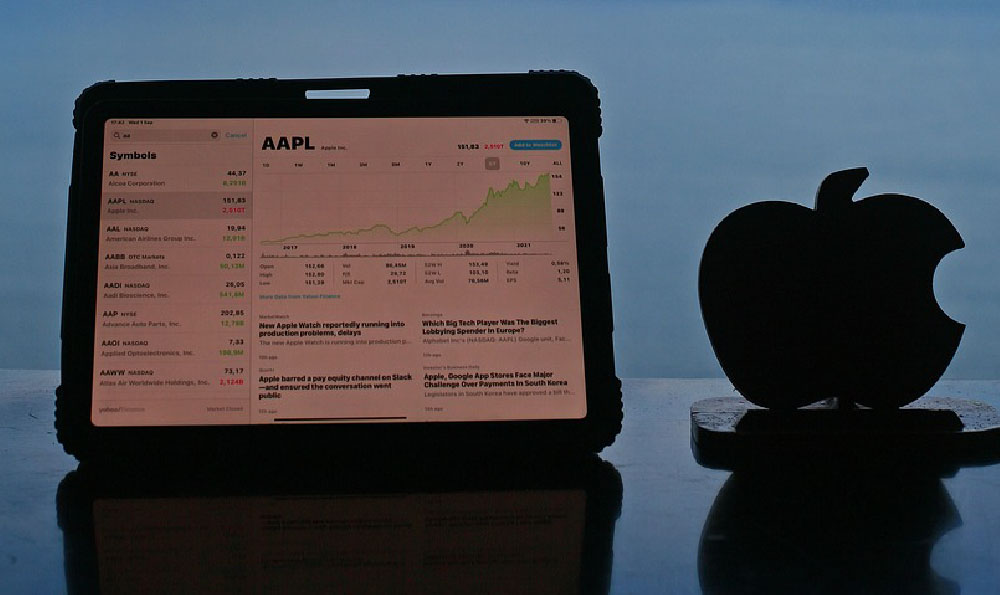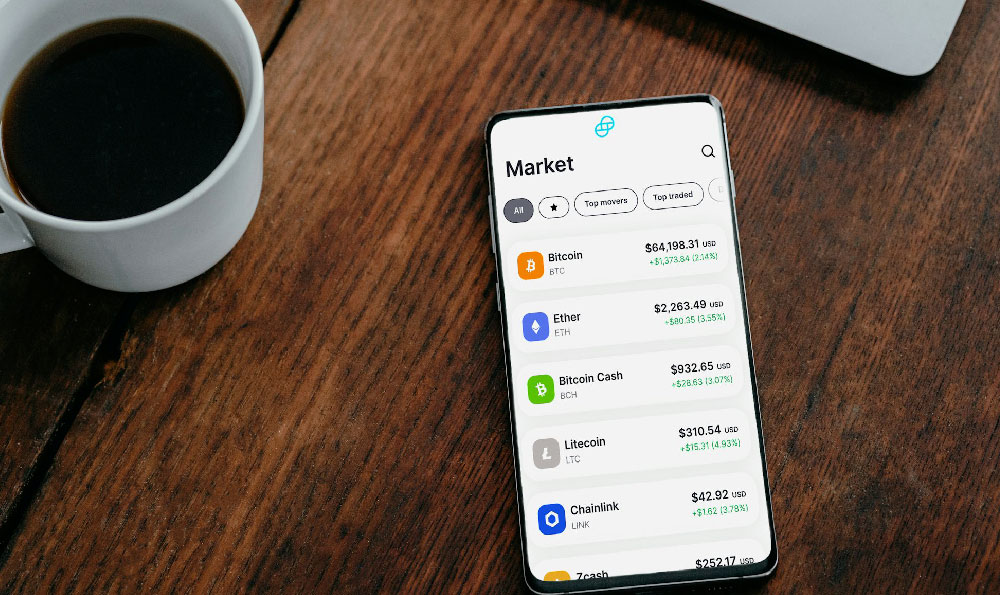Monetizing YouTube has become an increasingly attractive avenue for creators seeking financial independence, but it requires a nuanced understanding of the platform’s ecosystem, strategic planning, and long-term commitment. While the allure of turning creative content into passive income is undeniable, the reality is that YouTube’s success is not guaranteed—it hinges on a combination of consistent output, audience engagement, and leveraging the right tools. For those ready to embark on this journey, the path to profitability begins with recognizing that content alone is not enough; it must be paired with deliberate effort to build a sustainable revenue stream.
At the core of YouTube monetization lies the YouTube Partner Program (YPP), which allows creators to earn money through ad revenue once they meet specific criteria, such as accumulating 1,000 subscribers and 4,000 watch hours within a 12-month period. However, the revenue generated from ads is often minimal, with creators earning approximately $3 to $5 per 1,000 views, depending on factors like ad type, audience location, and viewer engagement. This can quickly become a double-edged sword: while it provides a foundation for income, it also demands patience, as significant earnings typically require millions of views. Beyond ads, creators can explore alternative income sources, such as channel memberships, Super Chat, and branded content deals, which offer more predictable returns but require careful negotiation and alignment with brand values.
Brand partnerships have emerged as a critical component of YouTube’s monetization strategy, with brands increasingly seeking influencers who can authentically represent their products. The key to success here lies in cultivating a loyal and engaged audience, as brands are more likely to invest in channels that demonstrate strong viewer retention and niche appeal. Negotiating partnerships often involves understanding the value of your audience, such as demographics, watch time, and engagement rates, which can significantly impact the terms of a deal. However, this method is not without its challenges; creators must maintain transparency, avoid misleading claims, and ensure that collaborations align with their brand identity to preserve viewer trust.

Another avenue for monetization is affiliate marketing, where creators earn commissions by promoting products or services through unique referral links. This requires a deep understanding of product offerings, audience needs, and the ability to integrate promotions seamlessly into content. For example, a tech reviewer might include affiliate links to recommended gadgets, while a lifestyle vlogger may share affiliate deals for home goods. The effectiveness of this strategy depends on the authenticity of the recommendations, as audiences are more likely to act on suggestions that feel genuine rather than forced. However, creators must also navigate the complexities of disclosure requirements, ensuring that all affiliate partnerships are clearly marked to comply with platform guidelines.
Content creation itself can be a lucrative venture, with many successful YouTubers diversifying their income by selling merchandise, offering courses, or hosting live events. This approach often involves building a strong community, as loyal fans are more likely to support monetization efforts through purchases or subscriptions. For instance, a fitness YouTuber might sell workout gear or create online training programs, while a gaming channel could monetize through in-game purchases or tournament sponsorships. However, transitioning from content creation to monetization requires careful planning, including budgeting for production costs, pricing strategies, and the development of an online store or payment platform.
The rising popularity of YouTube Shorts has also introduced new opportunities for creators, particularly those with a focus on short-form, high-energy content. While Shorts currently generate lower ad revenue compared to traditional videos, their potential lies in their ability to reach a broader audience and drive traffic to longer content. Creators who successfully balance Shorts and longer-form videos can leverage the platform’s algorithm to gain visibility and build a diversified income. However, this trend also necessitates an adaptation of content strategies, including optimizing for mobile viewing, experimenting with different formats, and maintaining consistency in posting schedules.
Sustainability is a key factor in long-term YouTube monetization, as the platform’s algorithm is constantly evolving. Creators who rely solely on ads or brand deals may face challenges in maintaining their visibility, especially as the competition for attention intensifies. To counter this, diversification is essential—investing in multiple income streams, such as YouTube Premium subscriptions, Patreon, and sponsored content, can provide a more stable foundation. Additionally, understanding the platform’s policies and adapting to changes, such as the increased emphasis on original content and community guidelines, is crucial for avoiding penalties and maintaining credibility.
Ultimately, monetizing YouTube is not a straightforward process; it requires a blend of creativity, strategy, and resilience. The most successful creators often do more than just upload content—they actively engage with their audience, refine their approach based on analytics, and explore innovative ways to monetize. While the potential for financial freedom exists, it is not without its hurdles, and creators must be prepared to invest time and effort into building a thriving channel. For those willing to adapt and persevere, YouTube can become a powerful tool for both personal growth and financial success.












